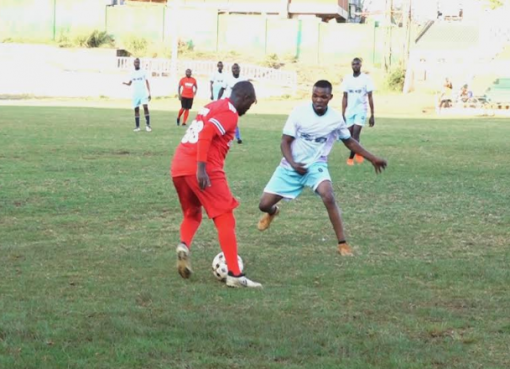The Africa Network for Animal Welfare (ANAW), a Non-Governmental Organisation (NGO), in collaboration with the County Government of Machakos, intends to vaccinate close to 8,000 dogs against rabies in Mwala Sub County.
The three-day mass vaccination exercise launched in Wamunyu on Tuesday will also target donkeys and cats in a bid to protect residents from the zoonotic disease.
Rabies is a deadly virus that affects domestic and wild animals and spreads to people through bites or scratches from infected animals.
ANAW Programme Manager Dr. Dennis Bahati said Machakos was one of the counties with a high prevalence of the disease according to the National Rabies Elimination Strategy launched by the government in 2014.
“Machakos was identified as one of the counties that have a high burden of rabies. It was selected as one of the pilot counties to roll out a strategy that the government had initiated to rid the country of rabies by 2030,” said Dr.Bahati.
The programme manager disclosed that, besides mass vaccination, the strategy will use an array of other approaches, among them dog population management and creating community awareness about rabies prevention and control.
“Our goal is to vaccinate 8, 000 dogs and cats. Currently, we have reached half that number, and our hope is that by the time we conclude the exercise, we will have covered the whole of Wamunyu,” he added.
Dr. Bahati said that although the vaccination kicked off in Wamunyu, the exercise will eventually be rolled out across the entire county in a coordinated manner.
“We are moving systematically, sub-county by sub-county and ward by ward. We started off in Machakos Sub County, and now we are in Mwala. So far, we are done with four wards; this is the fifth ward, Wamunyu,” noted the programme manager.
He further noted that the anti-rabies campaign intends to vaccinate 70 per cent of the dog population by the end of next year.
“This campaign in Machakos started in 2016 by doing a dog census that gave an estimate population of 259,000 dogs, but we plan to do another census in partnership with the Department of Veterinary Services so that we can have records that are up-to-date,” said Dr. Bahati.
The programme manager said the campaign has significantly reduced the number of reported cases of both rabies and bites in humans and animals.
Dr. Julie Keli, who led a team of veterinarians working with ANAW on the mass vaccination, underscored the need to prevent and eradicate the disease.
Dr. Keli hailed the residents for turning out in large numbers to have their animals vaccinated against rabies.
“We are in Machakos working with ANAW to eradicate rabies in Kenya. We are here for three days, after which we will proceed to Voi for two days,” she said.
The veterinarian said the vaccination is meant to protect the entire population, especially young children, who are more susceptible to dog bites.
“The goal of vaccinating for rabies is to protect the dogs against rabies, our children who could get dog bites while going to school, and the general public. Anyone can contract rabies,” she said.
Milcah Muthini, a local, lauded the initiative, saying residents shy away from taking their animals for vaccination due to the prohibitive charges.
“Most locals don’t take their animals for vaccination since the services are expensive. My dog and three donkeys have been vaccinated for free. If I had sought the services elsewhere, I would have parted with close to Sh5,000,” said Ms. Muthini.
By Roselyne Kavoo





